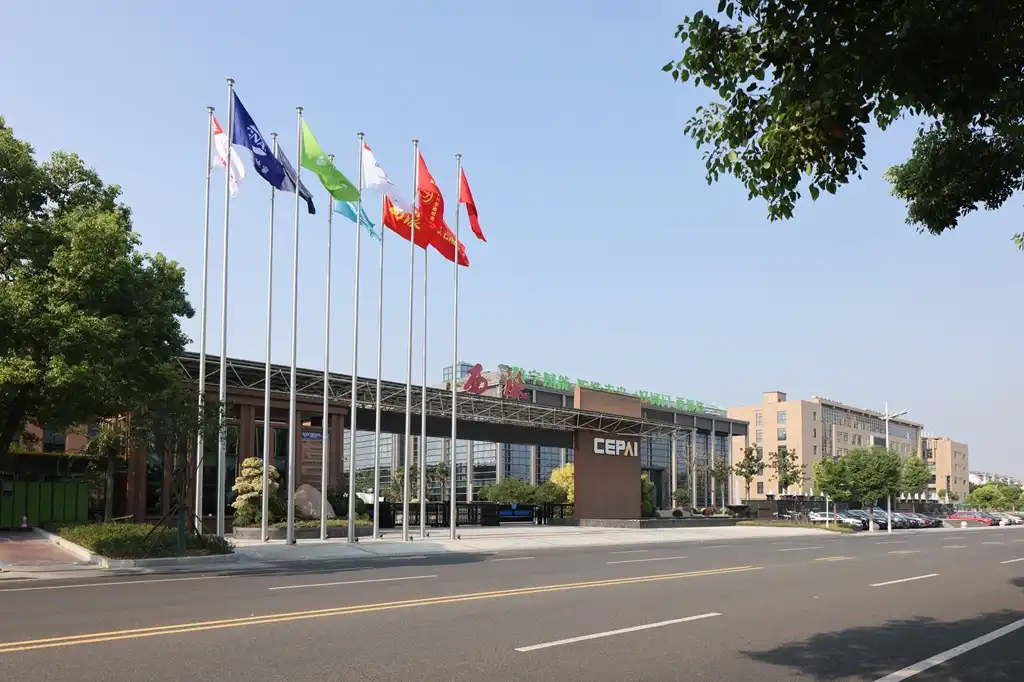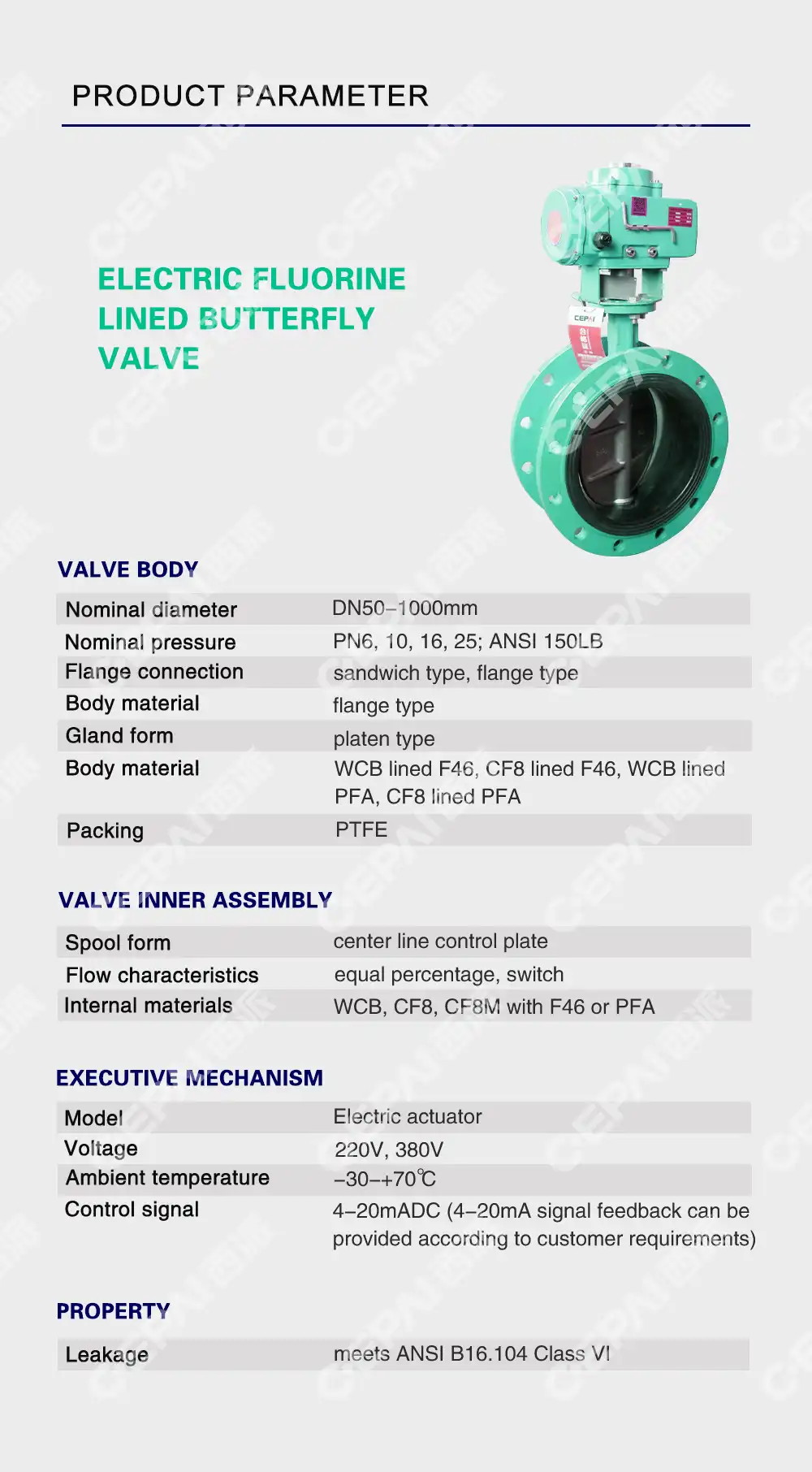The Anatomy and Functionality of Butterfly Valves in Water Treatment
Components and Design Features
Butterfly valves consist of a circular disc mounted on a rotating shaft, positioned perpendicular to the flow when closed. The valve body houses these components, typically made of durable materials like stainless steel or cast iron to withstand harsh water treatment environments. A crucial element is the seat, which ensures a tight seal when the valve is closed, preventing leakage. The actuator, whether manual, pneumatic, or electric, controls the disc's rotation, allowing for precise flow regulation. This simple yet effective design contributes to the valve's reliability and longevity in water treatment applications.
Operating Principles in Water Systems
In water treatment, butterfly valves operate on a quarter-turn principle. When fully open, the disc aligns with the flow, offering minimal resistance and allowing maximum water passage. As the disc rotates towards the closed position, it gradually restricts flow, providing excellent control over water volume and pressure. This operation is particularly beneficial in processes like chemical dosing, where precise flow control is essential. The ability to modulate flow with minimal pressure drop makes butterfly valves energy-efficient choices for water treatment facilities, contributing to overall system performance and cost-effectiveness.
Advantages in Water Treatment Processes
Butterfly valves offer numerous advantages in water treatment. Their compact design allows for easy installation in tight spaces, a common constraint in treatment plants. The valves' low weight and reduced flange-to-flange dimensions make them ideal for large diameter pipes often used in water treatment facilities. Their quick opening and closing capabilities are crucial for rapid system shut-offs in emergencies. Additionally, the valve's design allows for bidirectional flow, providing flexibility in system design and operation. These features, combined with their ability to handle high flow rates with minimal pressure loss, make butterfly valves indispensable in modern water treatment systems.
Applications of Butterfly Valves Across Water Treatment Stages
Intake and Pre-treatment Processes
At the initial stages of water treatment, butterfly valves play a vital role in managing raw water intake. They control the flow from sources like rivers, lakes, or reservoirs into the treatment facility. In pre-treatment processes, these valves regulate the flow to screening and grit removal systems, ensuring optimal operation. Their ability to handle large volumes of water with minimal pressure drop is particularly beneficial at this stage. Butterfly valves also assist in directing water to different pre-treatment units, allowing for efficient distribution and process optimization. Their corrosion-resistant properties make them suitable for handling untreated water, which often contains various contaminants and debris.
Primary and Secondary Treatment Applications
During primary treatment, butterfly valves control the flow to sedimentation tanks and clarifiers. Their precise control capabilities ensure the right retention time for proper settling of suspended solids. In secondary treatment, these valves are crucial in managing the flow to biological treatment processes like activated sludge systems. They regulate the supply of air to aeration tanks, a critical factor in maintaining optimal conditions for microorganisms. Butterfly valves also play a key role in controlling the recirculation of activated sludge, ensuring the right balance of microorganisms in the treatment process. Their ability to provide tight shut-off is essential in isolating different water treatment valve units for maintenance or process adjustments.

Tertiary Treatment and Distribution Systems
In tertiary treatment, butterfly valves are instrumental in controlling flow to advanced purification processes such as filtration and disinfection. They regulate water flow to sand filters, activated carbon units, and UV disinfection systems, ensuring proper treatment times and efficiency. These valves are also crucial in backwashing operations, where they quickly reverse flow direction to clean filter media. In the distribution stage, butterfly valves manage the flow of treated water to storage tanks and throughout the distribution network. Their low-torque operation and reliability make them ideal for remote-controlled applications in large distribution systems. The valves' ability to maintain consistent flow rates helps in maintaining water quality throughout the distribution process.
Maintenance and Longevity of Butterfly Valves in Water Treatment Facilities
Regular Inspection and Preventive Maintenance
Maintaining butterfly valves in water treatment facilities is crucial for ensuring long-term reliability and efficiency. Regular inspections form the cornerstone of a robust maintenance program. Technicians should check for signs of wear, corrosion, or damage to the valve body, disc, and seat. Actuator performance should be assessed to ensure smooth and complete valve operation. Lubrication of moving parts, particularly the shaft and bearings, is essential to prevent friction and wear. Periodic testing of valve seals helps identify potential leakage issues early. In facilities with automated systems, regular calibration of valve position indicators and controllers is necessary to maintain precise flow control. Implementing a scheduled maintenance plan tailored to the specific operating conditions of the water treatment plant can significantly extend the life of butterfly valves.
Common Issues and Troubleshooting Techniques
Despite their reliability, butterfly valves can encounter issues in water treatment valve environments. One common problem is seat wear, which can lead to leakage. This can often be addressed by adjusting the seat or, in severe cases, replacing it. Disc misalignment is another issue that can affect valve performance. Proper realignment and tightening of the disc to the shaft can resolve this. Actuator problems, such as pneumatic leaks or electrical faults, may require specialized attention. In cases of severe corrosion, particularly in valves handling aggressive chemicals, protective coatings may need reapplication or the valve might require replacement. Addressing water hammer effects, which can damage valve components, might involve installing surge protection devices or adjusting valve opening and closing speeds.
Strategies for Extending Valve Lifespan
Extending the lifespan of butterfly valves in water treatment facilities involves a combination of proper selection, installation, and ongoing care. Choosing valves with materials suited to the specific water chemistry and treatment processes is crucial. For instance, using valves with corrosion-resistant alloys in chlorination stages can significantly increase longevity. Proper installation, including correct alignment and appropriate torque application, sets the foundation for long-term reliability. Implementing a predictive maintenance approach, using technologies like vibration analysis or acoustic monitoring, can help identify potential issues before they lead to failure. Regular cleaning and removal of scale or deposits prevents buildup that could affect valve operation. Training operators on proper valve handling and operation techniques can prevent undue stress on valve components. By adopting these strategies, water treatment facilities can maximize the service life of their butterfly valves, ensuring efficient and cost-effective operation over the long term.
Conclusion
Butterfly valves have proven to be indispensable in water treatment due to their versatility, efficiency, and reliability. From intake to distribution, these valves play a crucial role in ensuring smooth operations and maintaining water quality. Their compact design, precise control capabilities, and low maintenance requirements make them ideal for the diverse needs of water treatment facilities. As water treatment technologies continue to evolve, butterfly valves are expected to remain a key component, adapting to new challenges and contributing to the ongoing improvement of water treatment processes worldwide. Their widespread use is a testament to their effectiveness in managing one of our most precious resources – clean water.
Contact Us
At CEPAI Group, we specialize in high-quality butterfly valves designed for optimal performance in water treatment applications. Our valves offer superior durability, precise control, and easy maintenance, ensuring efficient and reliable operation for your water treatment facility. Experience the benefits of our advanced valve technology. Contact us at cepai@cepai.com to learn how our butterfly valves can enhance your water treatment processes.


_1746598525968.webp)



